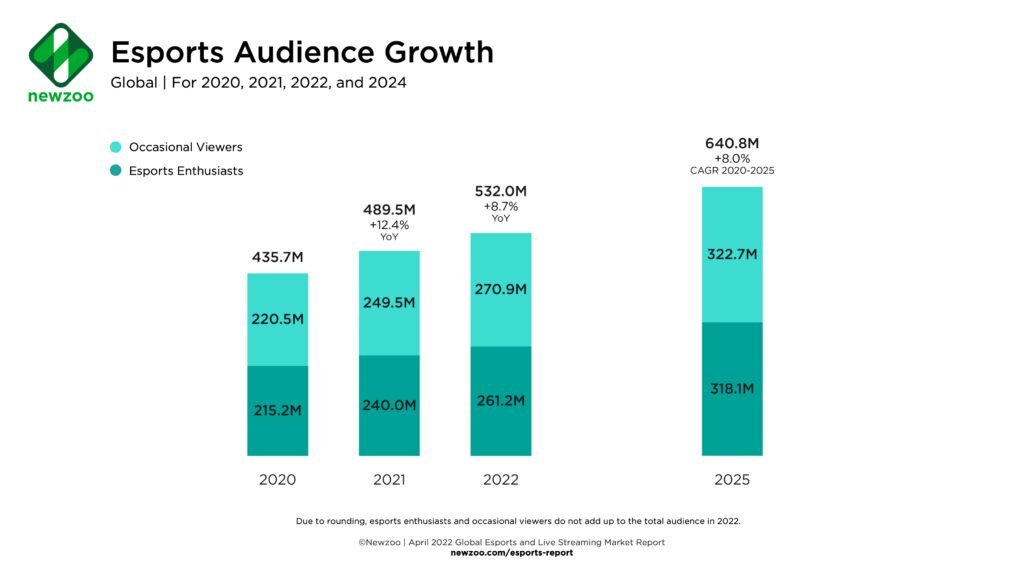Esports, or competitive video gaming, is a fast-growing industry worth billions of dollars. Professional teams and players are recruited from around the world for competitions, which can be watched by millions of viewers on platforms like Twitch and YouTube. The industry is expected to continue growing with new games and increasing viewership, with the global esports audience reaching over 495 million people in 2020. Esports has also created new career opportunities for professional gamers, but faces challenges such as issues with governance and cyberbullying. Despite these challenges, esports has transformed the video game industry and will continue to do so in the future.
Introduction:
In the world of online entertainment, esports or competitive action gaming has risen as a fast-growing phenomenon. People around the world watch livestreams or attend in-person tournaments to watch professional gamers compete on digital platforms. As the industry continues to grow, more games and platforms are added, and the competition becomes more dynamic.
What are esports?
Esports are competitive video games played by professional players and watched by millions of fans worldwide. These games can be played on consoles, PCs, or smartphones. Popular examples of esports games are League of Legends, Fortnite, Dota 2, Overwatch, and CS: GO, among others.
Overview of Esports Industry:
The esports industry is worth billions of dollars, and the reaming of esports has become extremely professionalized. Professional teams are formed, and players from different parts of the world are recruited for competitions. Major esports competitions offer hefty prizes to winning teams, with top prizes often surpassing a million dollars.
Key Players in Esports:
Esports tournaments are broadcasted on television or social media platforms like Twitch, YouTube, and Facebook Gaming. The biggest esports events are watched by millions of viewers, comprising of gamers and audiences that don’t necessarily play video games. These events are organized by companies such as ESL, DreamHack, and EVO.
Growth of Esports:
Esports is booming, and it’s expected to grow even more with the influx of new games and increasing viewership. In 2020, the global esports audience reached over 495 million people, with a revenue of $1.1 billion, which is expected to reach $1.8 billion by 2025. As a part of their growth strategy, developers are targeting younger audiences by designing games specifically to suit the esports industry.
Esports as a Career:
The popularity of esports games has created new possibilities for professional gamers to make a career out of playing video games. Professional esports teams offer high salaries, bonuses, tournament winnings, and endorsements. Game developers such as Tencent Holdings are entering the esports arena, organizing an esports competition league with a prize pool of $600,000.
Challenges faced by Esports:
Esports is still in its infancy and, as an industry in its youth phase, has faced several problems, including stability, governance, and regulatory issues. The lack of governance has led to the emergence of cyberbullying, cheating, and match-fixing.
Conclusion:
The rise of esports has fundamentally transformed the video game industry, and it’s expected to continue its growth in the coming years. As esports continue to accelerate at an unprecedented pace, the industry will need to deal with the issues arising from its infancy. The esports industry has huge potential, and with new technologies, games and tournaments that attract fans, it can only grow. In conclusion, esports has become more than just another form of entertainment; it’s a phenomenon that will inevitably transform the way people enjoy games and entertainment.
